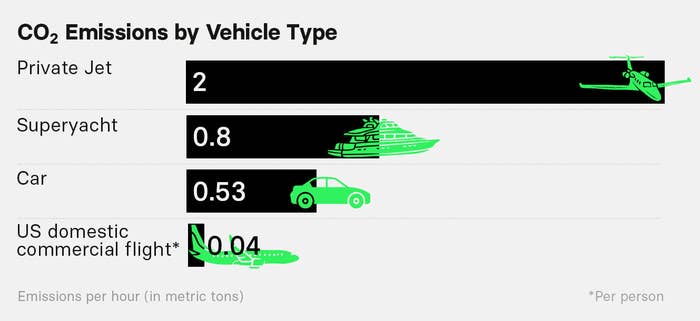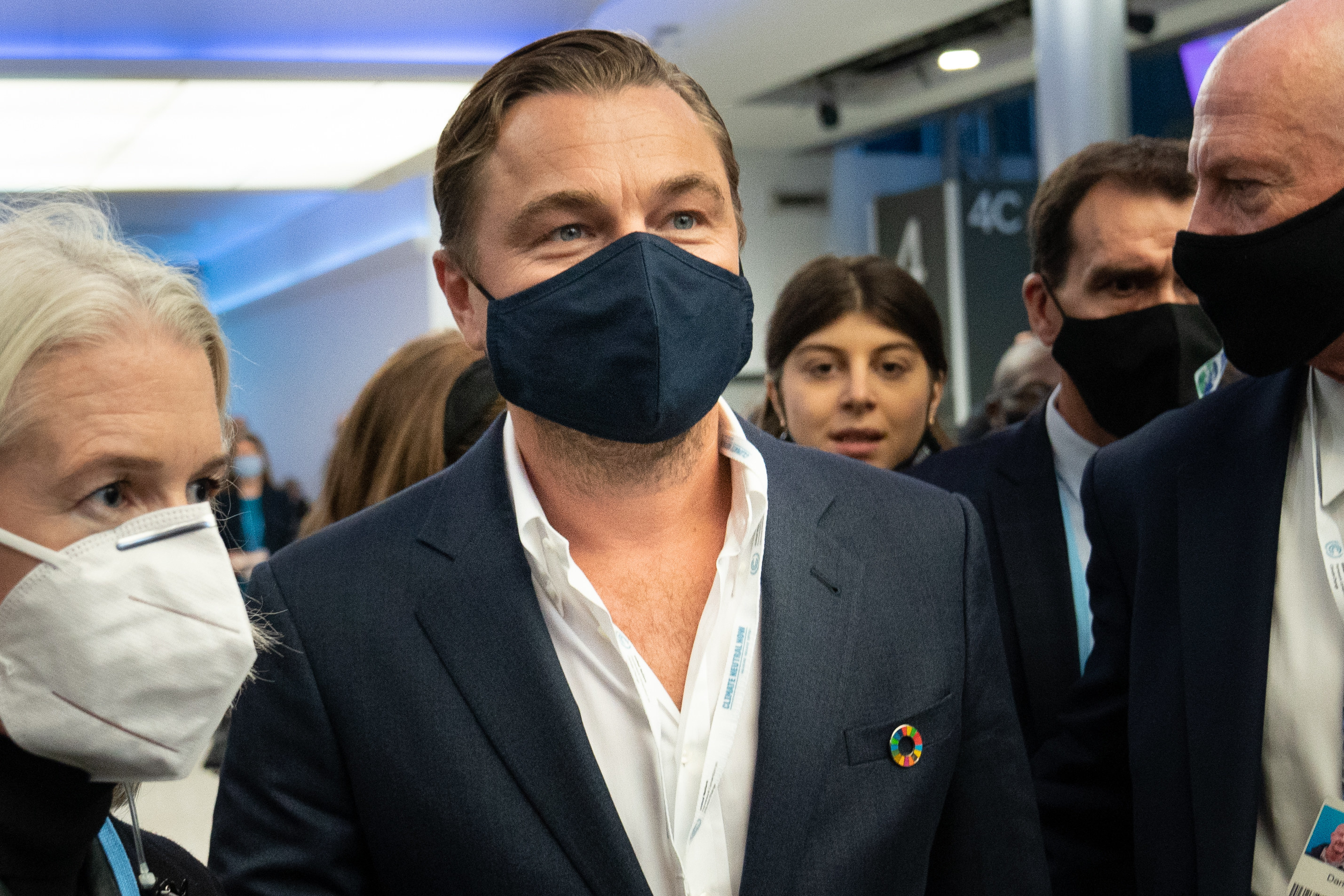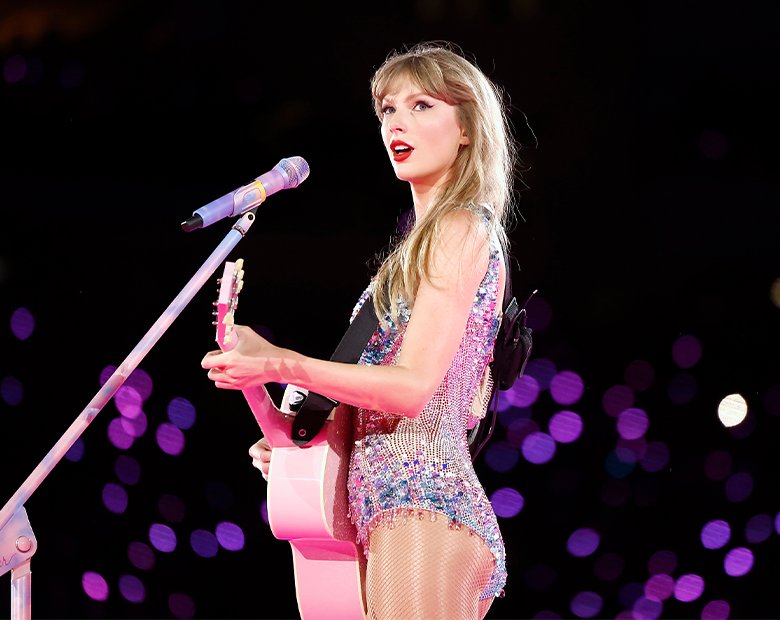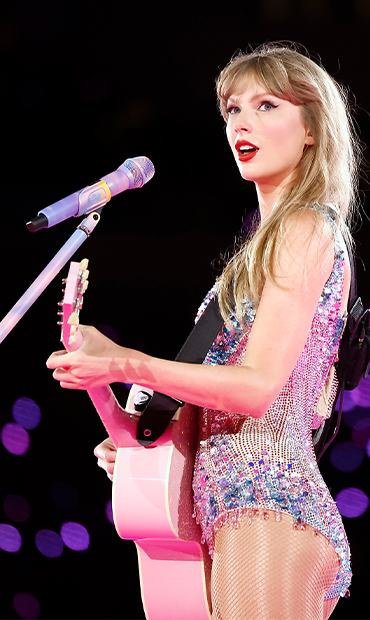
You’ve seen the headlines: celebrities’ love of private air travel is an environmental nightmare. Yet as the ultrarich enter image-recovery mode — shifting responsibility to sponsors, friends, and renters — it’s still business as usual when it comes to flights by private jets.
Even after the sustainability research firm Yard published a list of the 10 celebrities responsible for the most private jet CO2 emissions on July 29, planes belonging to Taylor Swift, Floyd Mayweather, Blake Shelton, Jay-Z/PUMA, Steven Spielberg, Alex Rodriguez, and Travis Scott all continued to take flight, according to data from Celebrity Jets, a student-run Twitter account that scrapes data from the flight data and monitoring site ADS-B Exchange.
The Yard report authors emphasize their emissions list aims to highlight the outsized impact of private jet usage in general, not just to name and shame our frequent-flier celebs. Private plane travel is at an all-time high, according to research firm Wingx; demand continues to outpace supply, and it’s more accessible than ever.
So, just how bad are private jet emissions?
A recent report from the United Nations warns that we’re absolutely hurtling toward a climate disaster if global greenhouse gas emissions — like carbon dioxide — don’t start dropping by 2025. Researchers pinpoint a potential guideline: to keep things sustainable, everyone on Earth should limit their carbon footprint to a grand total of 2.3 metric tons per year.
As for a private jet? It emits 2 metric tons of carbon dioxide per hour.

“To put one ton of carbon emissions into context, it’s equivalent to driving the circumference of the Earth one time,” explains Paul Anastas, director of Yale University’s Center for Green Chemistry and Green Engineering. In the first half of 2022, those 10 celebrities’ planes released a staggering 3,376.64 metric tons of carbon emissions. (That’s about 482 times more than the average person’s annual emissions, according to Yard.)
Now, climate science involves many moving pieces, making it hard to draw direct cause-and-effect conclusions. But research gives us some starting points when it comes to the potential outcomes of sky-high private jet emissions.
Arctic ice loss and its far-reaching impacts
Just one additional metric ton of carbon emissions can lead to a three-square-meter loss of Arctic ice, according to an observational study published in the journal Science. The World Wildlife Fund spells out the implications: disappearing ice in our polar regions is directly tied to more record-breaking heat waves, extreme winters, sea level rise that endangers coastal communities, food instability from changing weather patterns, and ecosystem disruption.
The social cost of carbon
“The social cost of carbon is a mechanism that allows us to try to grasp what each ton of carbon costs us as people and a society,” explains Maya K. van Rossum, founder of the organization Green Amendments for the Generations. These costs can result from emissions-fueled public health problems, agricultural decline, and extreme weather damage.
“According to scientists and experts under the Biden administration, every 1 ton of carbon literally costs $51,” she explains. That means we’re all on the hook for more than $422,000 thanks to Taylor Swift’s 2022 jet-setting alone.
The toll on human life
For every 4,434 metric tons of carbon produced beyond 2020 levels, one person globally will die prematurely due to extreme temperatures, according to an analysis published in Nature Communications. That’s an average lifetime’s worth of emissions from 3.5 Americans — and less than Steven Spielberg’s 4,465-metric-ton jet emissions so far this year.
And the study authors warn this mortality figure may be a “vast underestimate,” as it doesn’t include climate-related deaths caused by floods, storms, or food shortages.
“For those celebrities who are not just outspoken about the climate crisis but also proclaim concern about the inequities of environmental racism — the reality that communities of color, indigenous communities, and low-income communities are consistently sacrificed to environmental pollution and degradation — it’s not just hypocrisy that is of concern, it’s the fact that they are directly responsible for inflicting this kind of unjust harm,” van Rossum says.
The myth of celebrity accountability
On July 30 — the day after the celebrity emissions list was published — Taylor Swift’s reps responded to the criticism, urgently distancing the singer from responsibility. Yet within three days of the statement, records show her plane had already emitted yet another 25 metric tons of carbon. (A spokesperson told BuzzFeed News in July that Taylor’s jet is loaned out regularly to other people. “To attribute most or all of these trips to her is blatantly incorrect,” they said.)
And the rich and famous aren’t just hiding behind their private planes.
Leonardo DiCaprio made headlines this year for flying commercial to COP26 in Glasgow. While he may have (finally) ditched the private plane, DiCaprio then rang in 2022 aboard another climate calamity: a luxury superyacht that generates an estimated 7,018 metric tons of emissions per year.

With DiCaprio still aboard the yacht, his Instagram account posted to his 54.5 million followers: “If we’re going to combat the climate crisis, we must face hard scientific truths and take action” beneath a promo image for his film Don’t Look Up. Thanks to the energy required to store and transmit data to your TV or device, even watching his movie about impending doom cost us another 18,000 metric tons of carbon emissions in just weeks. (That’s based on the estimated 55 gCO2/hour for watching Netflix and the reported 322 million viewing hours for Don't Look Up as of January.) That’s not including the 3,370-metric-ton carbon footprint left behind by the average film production.
Now, that’s not to undermine DiCaprio’s advocacy and charitable work — although a recent Oxford study challenges the effectiveness of celebrity activism, citing a lack of measurable outputs and potential negative consequences when a big name’s credibility is called into question. And neither are the streaming habits of millions comparable to one celebrity’s vacation. But these carbon disparities and activist inconsistencies underpin a major challenge in the fight against climate change: the general public feels increasingly helpless.
Can we do anything about private jet emissions?
If Leo’s holiday superyacht jaunt tells us anything, it’s that we can’t rely on the CO2 self-restraint of even the most well-intentioned millionaires (or billionaires).
Experts agree that, while a blanket ban on private jets is impractical, “implementing an effective policy to diminish emissions from private air travel is possible,” says David Carlucci, former New York State senator, Green Amendment sponsor, and cosponsor of the Climate Leadership and Community Protection Act.
He points to the actions taken by our neighbors up north. Just as American celebrities came under fire for their high emissions, Canada announced its Select Luxury Items Tax Act. This policy will add a 10% tax to the purchase of items like private jets and yachts. “They believe that the tax will make luxury travel less attractive, lowering carbon emissions from private aircraft,” Carlucci says. After all, the trend of private travel will not end on its own, “so making consumers pay for these habits and investing raised revenues into electric travel would be an ideal solution.”
We can work to make all air travel more sustainable, too, explains Terry Tamminen, former secretary of the California Environmental Protection Agency and environmental policy guru for former California governor Arnold Schwarzenegger. “Strategies could include technical mandates for more efficient jet engines, cleaner-burning fuels, incentives to develop and deploy zero-emission planes, and methods to reduce flight miles or idling engines at airports,” he says.
These approaches can mirror past sustainability success stories, such as California’s vehicle emissions standards and federal fuel economy standards. “[These] have been ratcheted tighter over time such that today’s cars are over 90% cleaner than our parents’ cars and trucks,” Tamminen says. Environment-focused lawmaking also helped pave the way for the development of zero-emission vehicles.
“We still have time to keep things from getting even worse, but only if we take personal action to reduce our carbon footprint and support political leaders and policies that regulate industry, like the aircraft industry,” Tamminen says. So, by all means, keep yelling at celebrities on social media if you want — but remember your ballot in local and state elections can shout even louder. ●


